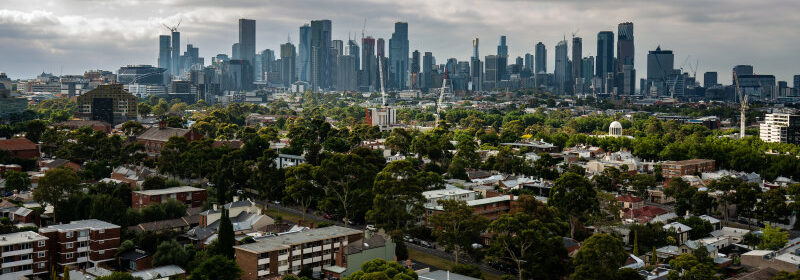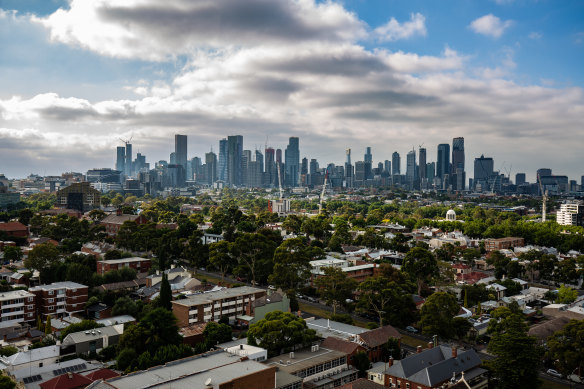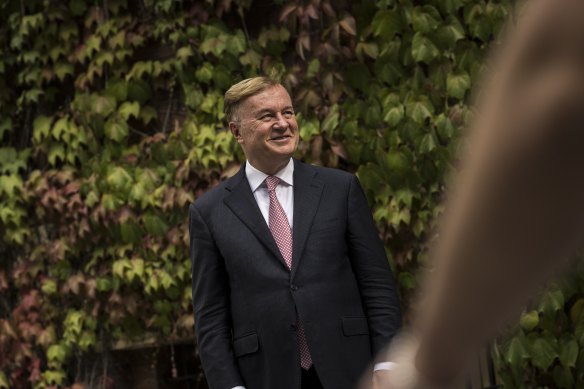Melbourne is Australia’s top student city – and fourth best in the world

Save articles for later
Add articles to your saved list and come back to them any time.
Melbourne is the best student city in Australia and the fourth-best in the world, despite being one of the least affordable, according to an internationally recognised ranking.
Both Sydney and Melbourne’s jump up the rankings of the annual QS Quacquarelli Symonds list happened, in part, due to the quality of their universities. For the first time, three Australian institutions – University of Melbourne, University of Sydney and University of NSW – claimed a spot in the QS global top 20 released last month.
Melbourne has been crowned the best student city in Australia.Credit: Scott McNaughton
London was rated the best student city in the world in the 2024 QS Best Student Cities Rankings, followed by Tokyo and Seoul. Sydney took out seventh place, moving up from ninth in 2023. Melbourne ranked fifth last year. Pre-pandemic, in 2018 and 2019, Melbourne was even higher, scoring third-best student city in the world.
The list ranks student cities based on cultural diversity, academic excellence, quality of life, employment opportunities and affordability.
Melbourne is among the three highest-scoring cities for student mix, which assesses on-campus diversity. Only Edinburgh and Coventry in the UK scored higher in that category.
Melbourne students or alumni also held the city in high regard; where its ranking was the second-highest in the world alongside Edinburgh, and behind Berlin.
Sydney was rated the most desirable student city in Australia based on livability, safety, pollution, corruption perception indexes and students’ opinion. It came third globally, with Melbourne in fifth place.
QS chief executive Jessica Turner said Melbourne’s performance in the 2024 rankings was a testament to its appeal as a top choice for international students.
Turner said Melbourne was multicultural, inclusive and had a forward-looking approach.
With a “vibrant atmosphere, friendly community, and spirit of innovation, Melbourne shines as the capital of a thriving state with a steadily growing economy.”
But affordability was a concern for potential students. Sydney was ranked as one of the least affordable student cities, ranking 137th, followed closely by Melbourne at 131. Both fell in the rankings compared with the previous year.
The ranking is based on tuition fees, cost of living and retail pricing, and many of the world’s top student cities struggled with affordability.
All seven Australian cities included in the ranking rated poorly for affordability, with only the Gold Coast inside top 100 at 97.
Support Network for International Students co-ordinator Ness Gavanzo said the reintroduction of a working cap of 48 hours a fortnight for international students had contributed to making Australia the least affordable.
“I’m saddened that, even with poor conditions, international students are experiencing in Victoria, [Melbourne] still ranks so highly,” she said.
“That means, what’s happening in other parts of the world – that it’s worse.”
International Education Association of Australia chief executive Phil Honeywood said Melbourne was Australia’s truly global city.
“We have an incredible diversity of migrant diasporas from a whole range of countries, and so because of our emphasis on multiculturalism and celebrating diversity, international students feel very welcome here compared to other locations around the world,” he said.
Phil Honeywood, the chief executive of the International Education Association of Australia.Credit: Chris Hopkins
Honeywood said every Australian city was suffering from a cost of living crisis, but it could be more pronounced in Australia, as university towns tended to be more regional in the UK and the US.
“Our big universities are in our major cities – Melbourne, Sydney, Brisbane. That’s where the accommodation cost is going to be the most expensive, compared to if our universities were in regional towns,” he said.
QS ranks cities with a population of at least 250,000, and with at least two universities in their rankings. Of the seven Australian cities it considers, six moved up the rankings this year and one remained stable. Australia and Germany were the only countries to boast two cities in the top 10.
QS senior vice-president Ben Sowter said Australia attracted students with a diverse cultural mix, desirability and strong employer activity.
“While the seven ranked cities excel in several indicators, affordability remains a concern,” he said. “Nevertheless, Australia’s commitment to providing a welcoming environment for students is abundantly evident, making it a top choice for international education.”
Get the day’s breaking news, entertainment ideas and a long read to enjoy. Sign up to receive our Evening Edition newsletter here.
Most Viewed in National
From our partners
Source: Read Full Article

